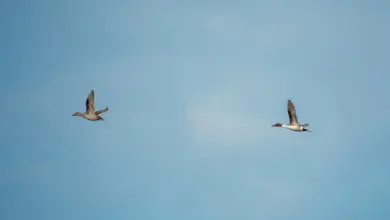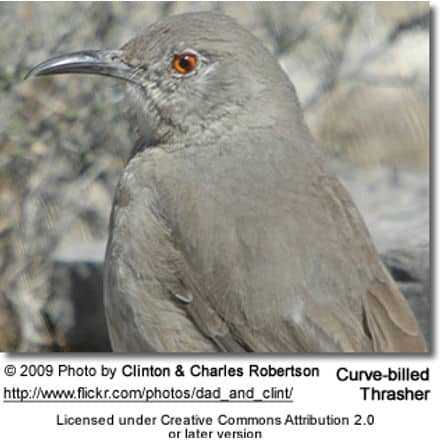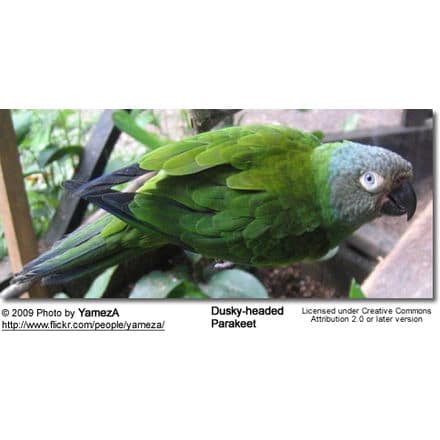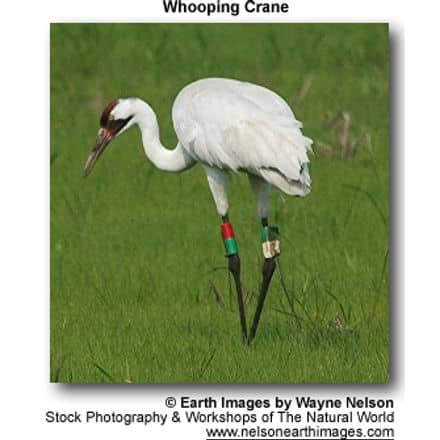Buff-bellied Hermits (Phaethornis subochraceus)
The Buff-bellied Hermit (Phaethornis subochraceus) – also known as Bolivian Hermit – is a rare South American hummingbird that occurs naturally in the eastern Andean lowlands of Bolivia and the state of Mato Grosso in western Brazil.
They inhabit dry to semi-deciduous forests, woodlands and shrub.
Even though this species has a very large range, it is very uncommon.
Other Names
Spanish: Ermitaño Chico Pálido, Ermitaño Ocráceo … Portuguese: Rabo-branco-de-barriga-fulva … French: Ermite de Todd, Ermite ocré … German: Ockerbaucheremit, Ockerbauch-Eremit, Ockerbauch-Schattenkolibri … Czech: kolib?ík okrovob?ichý, Kolibrík okrový … Danish: Okkerbuget Eremit …Finnish: Kuparierakkokolibri … Italian: Colibrì del sole ventrefulvo, Eremita panciacamoscio … Japanese: douboushiyumihachidori …Dutch: Bruinbuikheremietkolibrie, Bruinbuik-heremietkolibrie …Norwegian: Okerbukeremitt … Polish: pustelnik ochrowy …Russian: ????????? ??????? ????? … Slovak: slnecnícek okrový … Swedish: Ockrabukad eremit
Description
The Buff-bellied Hermit is about 4.7 inches or 12 cm long. The upper plumage is coppery-brown with a greenish rump. It has a dark mask over the eyes extending down to its cheeks surrounded by a white band. The lower plumage is beige, turning orangey on the belly. The tail is broadly tipped white. The 2nd pairs of outer flight feathers are elongated.
Hummingbird Resources
- Hummingbird Information
- Hummingbird Amazing Facts
- Attracting Hummingbirds to Your Garden
- Hummingbird Species
- Feeding Hummingbirds
Calls / Vocalizations
Their songs are described as a “tjuwtjek” rapidly repeated several times.
Nesting / Breeding
Hummingbirds in general are solitary and neither live nor migrate in flocks; and there is no pair bond for this species – the male’s only involvement in the reproductive process is the actual mating with the female.
During the breeding season, the males of many Hermit species form leks (= competitive mating displays) and congregate on traditional display grounds. Once a female enters their territory, they display for her. Their display may entail wiggling of their tails and singing. Willing females will enter the area for the purpose of choosing a male for mating. Oftentimes she will choose the best singer.
He will separate from the female immediately after copulation. One male may mate with several females. In all likelihood, the female will also mate with several males. The males do not participate in choosing the nest location, building the nest or raising the chicks.
The female Buff-bellied Hermit is responsible for building the remarkable cone-shaped nest which hangs by a single strong string of spiders’ silk and/or rootlets from some overhead support, which could be a branch or the underside of the broad leaves of, for example, Heliconia plants, banana trees or ferns about 3 – 6 ft (1 – 2 m) above ground. However, these unusual nests have been found beneath bridges, in highway culverts and even hanging from roofs inside dark buildings. The nest is often near a stream or waterfall. It is constructed out of plant fibers woven together and green moss on the outside for camouflage in a protected location. She lines the nest with soft plant fibers, animal hair and feather down, and strengthens the structure with spider webbing and other sticky material, giving it an elastic quality to allow it to stretch to double its size as the chicks grow and need more room.
The average clutch consists of two white eggs, which she incubates alone, while the male defends his territory and the flowers he feeds on. The young are born blind, immobile and without any down.
The female alone protects and feeds the chicks with regurgitated food (mostly partially-digested insects since nectar is an insufficient source of protein for the growing chicks). The female pushes the food down the chicks’ throats with her long bill directly into their stomachs.
As is the case with other hummingbird species, the chicks are brooded only the first week or two, and left alone even on cooler nights after about 12 days – probably due to the small nest size. The chicks leave the nest when they are about 20 days old.
Diet / Feeding
The Buff-bellied Hermits primarily feed on nectar taken from a variety of brightly colored, scented small flowers of trees, herbs, shrubs and epiphytes.They favor flowers with the highest sugar content (often red-colored and tubular-shaped).




